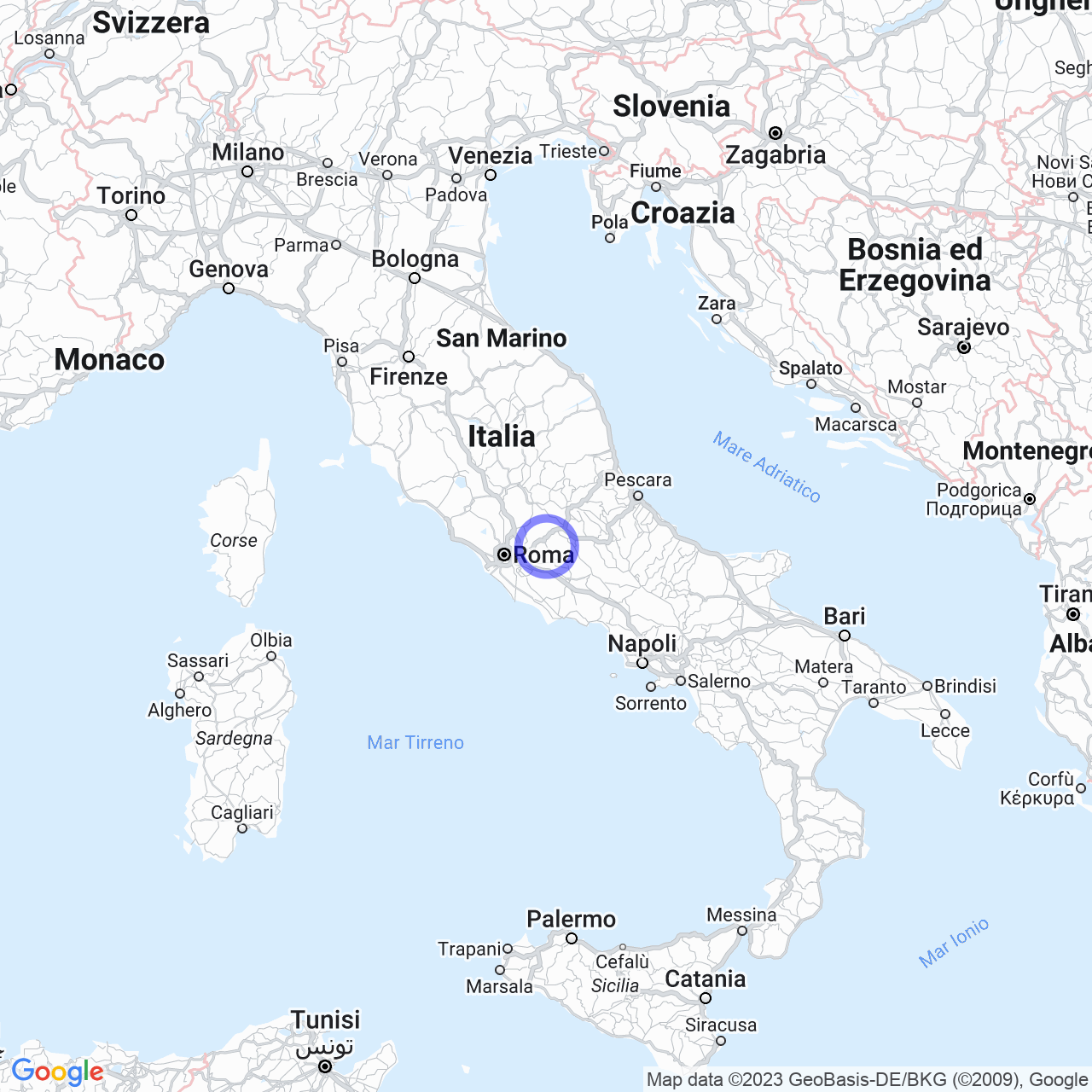Madonna della Pace
Madonna della Pace: a village rich in history and folklore
Madonna della Pace is a small village in the province of Rome, located in the upper Aniene valley, at the foot of the Simbruini mountains. The village belongs to five different towns: Subiaco, Agosta, Canterano, Rocca Canterano, and Cervara di Roma. This area is often chosen as a social, political, and cultural hub for assemblies, as well as home to the Aniene Valley Mountain Community. Additionally, there is a parish church in Madonna della Pace with three bells: the big bell, the second bell, and the little one.
The history of Madonna della Pace
Legend has it that the Emperor Nero, on his way to his villa in Subiaco, would often stop to rest near Madonna della Pace; in fact, the name of the locality, "Barco," derives from the harbor on the lake where boats were moored.
The area was frequented by the Latins since 1000 BC; around the 4th century BC, the Romans began constructing grand aqueducts to supply Rome with water. Throughout the centuries, many famous figures visited the area, including Pliny the Elder, Trajan, and Saint Benedict of Nursia.
After the fall of the Roman Empire, the centers of the Aniene valley suffered devastation from the Lombards and Saracens, which caused the depopulation of the area. It was only just over a hundred years ago that the area experienced a resurgence, thanks to the first modern settlement of the Cicchétti family in 1878. They were the owners of the mill located near the river, which gave the locality its name.

The Mandela-Subiaco Railway
At the beginning of the century, the Mandela-Subiaco Railway crossed the entire valley, and a railway station was built near the Cicchétti mill called Rocca Canterano Scalo. This station was used by the inhabitants of the various surrounding towns and increased commercial activity in the area. The towns were all connected with the valley through the Via Empolitana, which used an "iron bridge" to cross the Aniene river.
The increase in population and commercial activities led to the construction of a church dedicated to the Madonna, which was desired by the Bishop of Subiaco, Simone Lorenzo Salvi. The church, inaugurated in 1928, was named the Church of Madonna della Pace and definitively named the locality.
The agricultural character of the village
Madonna della Pace, due to its historical significance, has remained faithful to its agricultural roots. Many inhabitants are dedicated to agriculture, keeping the tradition of the village alive. The area is very fertile and produces a wide variety of vegetables, fruits, and vegetables.
The village still maintains an atmosphere of calm and serenity. Despite the passing of time, Madonna della Pace has managed to preserve its cultural heritage and the discreet charm of its tranquility.
Conclusion
Madonna della Pace is a small village in the province of Rome that boasts a rich history and agricultural tradition. The area is highly appreciated for its natural beauty and atmosphere of tranquility. The Church of Madonna della Pace represents the hub of spiritual and community life, a gathering place for all people living in the area. The village is the ideal place to spend moments of peace and serenity, immersed in nature and the history of a past that still lives in modern times.
